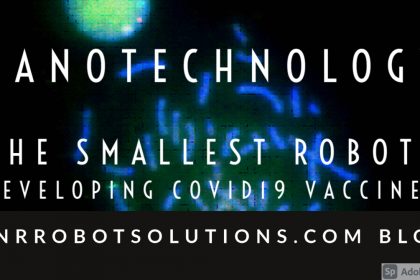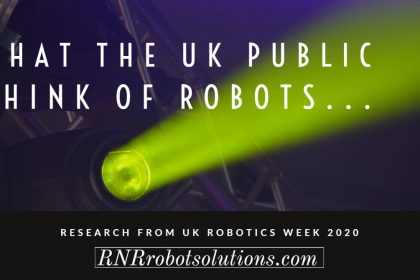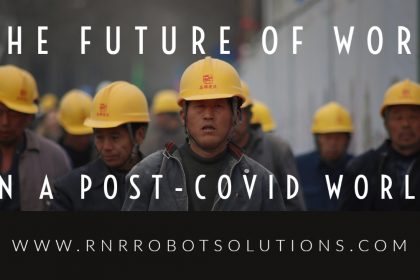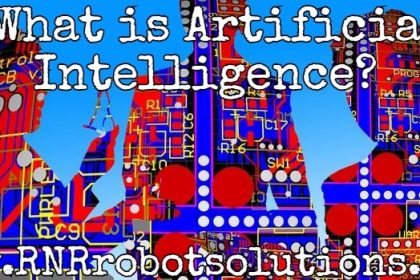In a recent blog, we looked at what artificial intelligence (AI) is – here we go a step further and ask the question: how do robots learn?
This is the use of Artificial General Intelligence (AGI), an AI system with human cognitive facilities where the robot has enough intelligence of its own to determine a solution to an unfamiliar task.
The learning process typically takes one of two routes: the demonstration of tasks by humans, or the coding of the required movements. Both have in-built limitations. Demonstrating tasks doesn’t build in the ability to cope with new or unexpected situations, and coding is complex and time-consuming. An emerging solution is for robots to teach other robots.
At present, the state of robot learning still has a way to go. The Robot Learning Lab at London’s Imperial College is working at the intersection of robotics, computer vision and machine learning. They are researching deep learning for vision-based robot applications in domestic, manufacturing and warehouse environments using combinations of different learning techniques – reinforcement learning, imitation learning and classical control. Clearly there are a massive number of factors to take into account in any learning situation, and current research is more about potential for the future, before the approach can be utilised in more complex areas such as surgery and medical care.
There are legitimate concerns over the future direction of AGI. In the wrong hands, the technology could be harmful – which is the impetus behind the OpenAI research lab in Silicon Valley, supported by digital leaders such as Elon Musk and Microsoft. Its aim is to be the first to create AGI, a machine with the learning and reasoning powers of a human mind. It is a non-profit organisation wanting to develop the technology safely and to distribute the benefits evenly to the world, rather than for the benefits of shareholders. If you’ve not seen it before, watch here how the OpenAI team taught a robot hand to solve the Rubik’s Cube.
“Predicting the time when AGI becomes a reality is difficult – some experts expect it within 15 years. What is certain is that, when it is achieved, it will represent a major game changer, enabling robots to undertake more, and more complex tasks, than before.” Liz Reid, MD RNR Robot Solutions









